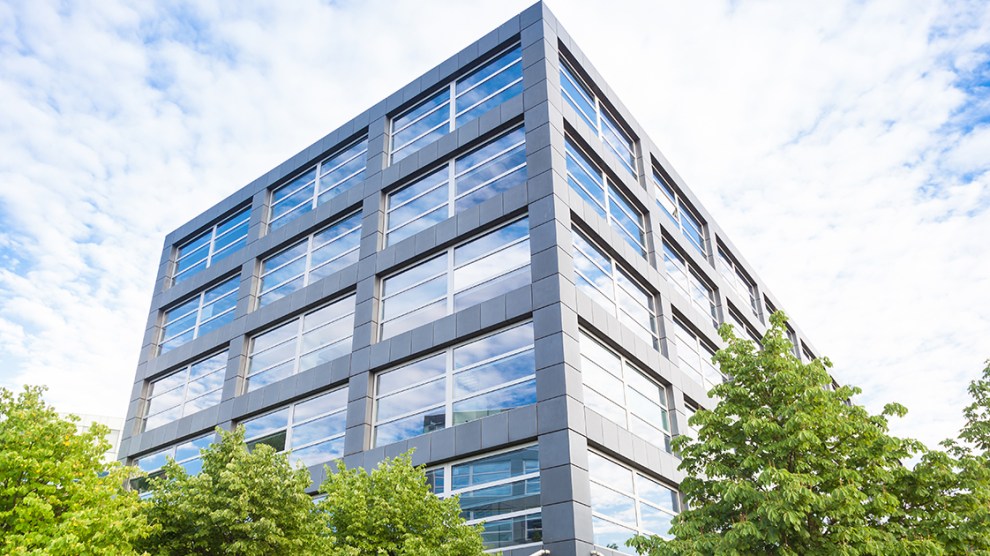A new webinar outlined the continued success of the industrial real estate sector and ever-evolving picture for the office market. The May 13 presentation was hosted by Yardi Matrix and CommercialEdge.
Insightful detail from the presentation is available on both CRE market segments as well as regional breakdowns. Find the full recording at yardimatrix.com
Strong fundamentals continue for industrial
Yardi Matrix vice president Jeff Adler had nothing but positives to share about the state of the U.S. industrial sector. Durable fundamentals for both supply and demand indicate that industrial will be a strong investment well into the future.
“I’m really not concerned that this is some kind of bubble,” Adler noted, as the available supply and new development of industrial properties can barely keep up with current demand. As a result, rents are performing well, especially in coastal markets, and vacancy rates across the nation are low.
E-commerce continues to be a major contributor to industrial’s success, but the backbone of the industry is general goods distribution and small-scale manufacturing. E-commerce won’t have the same double digit increase it did in 2020 due to pandemic activity constraints, but demand is expected to remain consistent. Consumers learned to rely on direct ordering during the pandemic, Adler noted, and can save time by continuing such shopping habits.
Major ports and large population centers lead the industrial rent growth list, with California’s Inland Empire in the No. 1 spot and Sacramento at No. 2. But smaller markets have the highest percentages of industrial supply under construction, led by Amarillo, Little Rock and Albuquerque.
Nationally, the amount of new industrial space in the pipeline is not expected to disrupt rent gains. Adler anticipates industrial has about three years of runway for its continued strong performance. Yardi Matrix data for industrial covers 107 major markets and 14 billion sf of space.
Future of work will determine outcome for office market
“If industrial is a story of uninterrupted prosperity, office provides a much more intellectually challenging and treacherous environment,” Adler said in an ominous pivot. Ultimately, the outlook for U.S. office markets will depend on how many employees office-based employers bring back to the office and how much time they spend there.
Here are a few of the trends CommercialEdge has observed in the office sector:
- Office space available for sublease is rising around the country, especially in urban submarkets and Class A assets
- Vacancy rates are up due to lack of demand in some markets (San Francisco, Seattle) and oversupply in others (Austin, Nashville)
- Those high vacancy rates include suburban markets, indicating that population shifts may not be mutually beneficial to office
- Listing rates are relatively stable, but that may not tell the whole story
- Deliveries of new office space are expected to decline over the next five years
Yardi analysts have developed an innovative post-COVID sensitivity analysis tool that anticipates the number of employees who may return to the office based on three mathematical scenarios. The plausible vacancy rates for major markets are then derived for each. However, even in the most optimistic option (90 percent of workers return to an office 4-5 days a week), anticipated vacancy rates would be above 20 percent in the majority of the 22 cities modeled.
The emerging industry consensus for medium to large companies is that the average employee will spend 2-3 business days in an office setting. Companies with fewer than 20 employees, though, seem likely to go without office space at all. That may be a boon for the coworking sector.
“It’s not as simple an answer in office as it is in some other markets, because the nature of work itself is in play, not just the movement of people,” Adler summarized. With many companies in the process of announcing office reopening plans and policies this spring, it will be a continually shifting environment for the sector, perhaps for the next several years.
“There is a five-to-seven-year grind here for this process to play out,” Adler noted.
This article was originally published on The Balance Sheet – Yardi Corporate Blog.











Add Comment